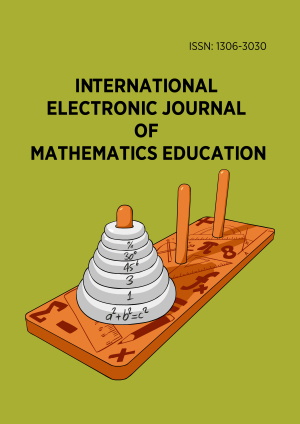Abstract
An increasing interest of scientists in processes of person’s self-knowledge, their place in subject and social world, and representation of this knowledge in human’s consciousness determined the relevance of the research. The study of semantic spaces is of specific importance as a mental state represents an individual subjective phenomenon of human mentality, and determination of universal regularities in their representation can also reveal regularities in the formation of world image and structure of ideas about it. The paper concentrates on the identification of semantic spaces of a figurative level of mental representations of students’ mental states. The following are the leading methods applied to research this problem: associative experiment, semantic differential and method of subjective scaling to reveal the degree of similarity characteristic to semantic spaces of students’ mental states. Content analysis, correlation and factorial analyses, and the assessment of proximity / remoteness of state images according to empirical (average) data on the basis of paired comparison were applied in results processing. The paper provides associative characteristics, categorical grounds and proximity / remoteness of state images in increasing time spans. The comparative analysis of semantic spaces of students’ mental states images in different time spans was carried out. The specificity of semantic spaces of states images, their proximity / remoteness, categorization and regularities of structuring in dynamics of time are identified. It is proved that the greatest similarity of actual state image was found with the state image which will occur in a week, and the least – with the state image experienced a year ago. The research results are of practical importance; they explain the mechanism of mental states self-regulation: transition from one mental state to another by means of their semantic spaces proximity in consciousness of students.
License
This is an open access article distributed under the Creative Commons Attribution License which permits unrestricted use, distribution, and reproduction in any medium, provided the original work is properly cited.
Article Type: Research Article
INT ELECT J MATH ED, Volume 11, Issue 4, 2016, 489-498
Publication date: 15 Jul 2016
Article Views: 3617
Article Downloads: 2249
Open Access References How to cite this article
 Full Text (PDF)
Full Text (PDF)